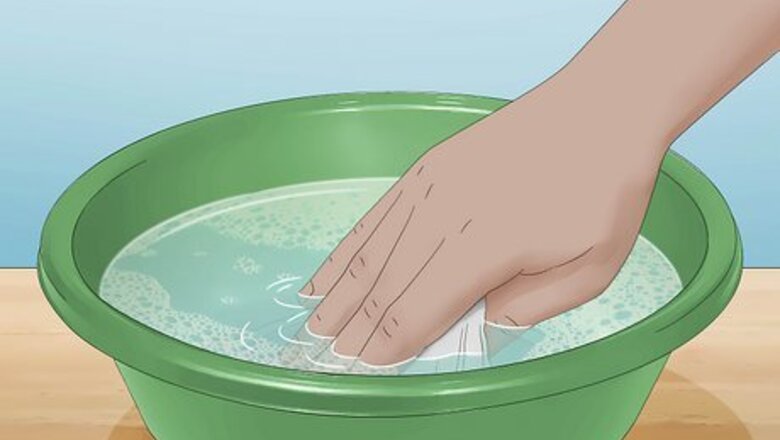
views
Dealing with Basic Spills and Messes
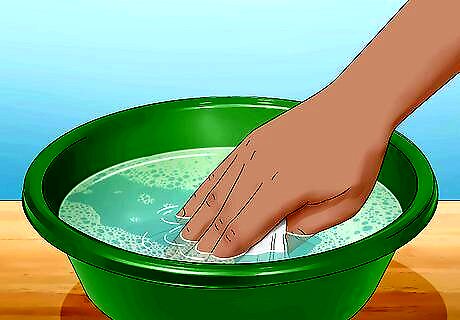
Wet a washcloth with warm, soapy water. To keep your quartz countertops clean, you usually won’t need anything more sophisticated than a gentle soap solution. Generally, it’s best to use a mild dish detergent that doesn’t contain any astringents or harsh chemicals. These substances can wear down quartz with repeated use. The resins used to seal quartz make the finish resistant to everyday dust, dirt, stains and mold. Warm water is more effective for releasing resilient messes than cold water.
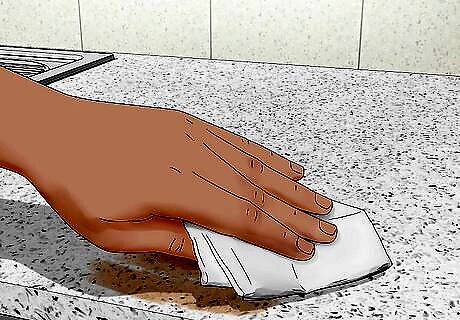
Wipe down the affected area. Go over the surface of the countertop using smooth, circular motions. The majority of messes should come right off with little effort. For dried or sticky residue, apply more soap solution as needed. Get in the habit of scrubbing your countertops every time you do any major cooking, baking or meal prep.
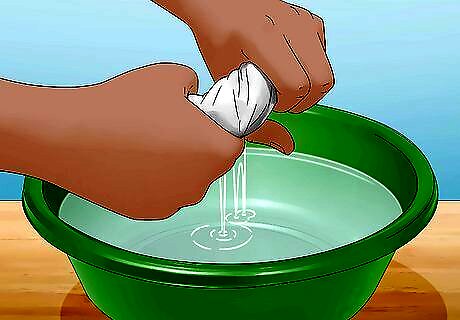
Rinse the countertop with fresh water. Wring out and rewet the cloth or sponge, then go back over the countertops one more time to clear away any last traces of soap. Soak up standing water with a paper towel and allow the quartz to air dry. Soaps can dry into a scummy residue if they’re not properly washed away. Once your countertop is dry, wipe it down with your hands to make sure that no food remains.

Clean up spills as soon as they happen. Commercial quartz is non-porous, which means it won’t absorb and lock in stains. However, it’s still a good idea to address spills, crumbs and other messes before they have a chance to set up. This will save you the trouble of employing more intensive measures later on. The natural grain and color pattern of quartz may cause some messes to go unnoticed. With a modest amount of maintenance, you can keep your quartz countertops looking new for years.
Deep-Cleaning Quartz
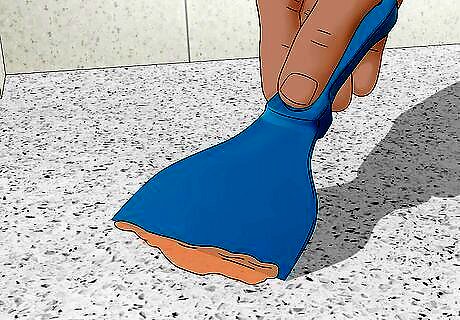
Scrape off hardened messes. You may occasionally have difficulty removing crusty, dried-on gunk with just soap and water. In these situations, you can chip away at the spot using a plastic scraper. It will also help to spray the gunk with warm water to soften it and make it easier to lift off with a little elbow grease. Use only flexible plastic scrapers (never metal) or nonabrasive sponges and be careful not to apply too much pressure. Doing so may create small scratches or abrasions that can worsen over time. Soak paper towels in hot water and use them to cover messes that are spread out over a large area.
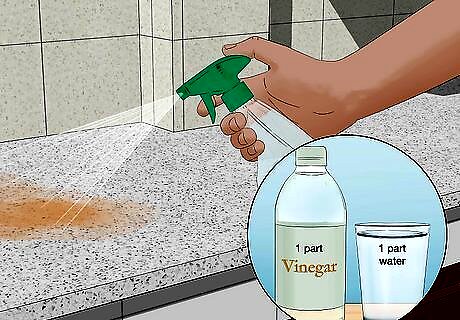
Break down stubborn residue using a vinegar solution. With time, food particles and mineral deposits from hard water can cause a film to develop on the countertops that a normal wipe-down may just smear around. A little distilled white vinegar can cut right through this film. Combine equal parts vinegar and water in a spray bottle, mist the entire counter surface and run a soft kitchen sponge over it to leave behind a streak-free shine. If you don’t have any vinegar on hand, you can also use an equivalent amount of hydrogen peroxide. Vinegar is a useful natural cleaner, but its sour smell can be overpowering. Mixing in a few drops of lemon juice or your favorite essential oils will infuse the room with a pleasant scent.
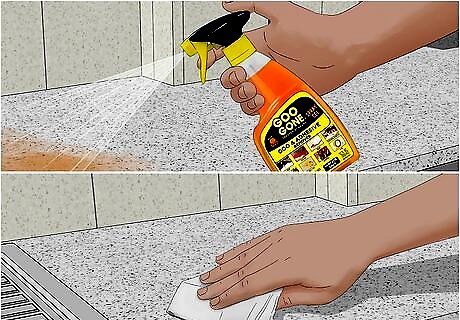
Treat tougher stains with specialty cleaning products. Should you ever need to remove more troublesome items like chewing gum, ink or glue, grab an oil-based stain remover like Goo Gone. Apply the cleaner lightly to the countertops and let it sit for a couple of minutes, then rub out the mess and the remaining cleaner using a damp cloth. Ordinary rubbing alcohol may also be useful for loosening unusual substances.
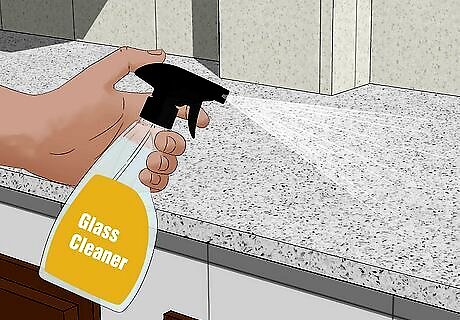
Spray the countertops periodically with a glass cleaner. As quartz ages, the clear resin sealant can start to appear cloudy. A spritz of glass cleaner will help reduce some of the murkiness, leaving the finish looking polished and sparkling. This is a good project to complete about once a month, or whenever you notice that your countertops no longer shine like they used to. Common household products like Windex, Clorox Multi-Surface and 3M Glass Cleaner are all safe to use on quartz. After using glass cleaner, wipe the countertops with a cloth or sponge rather than a paper towel to avoid leaving behind tiny fibers.
Preserving the Finish of Your Quartz Countertop
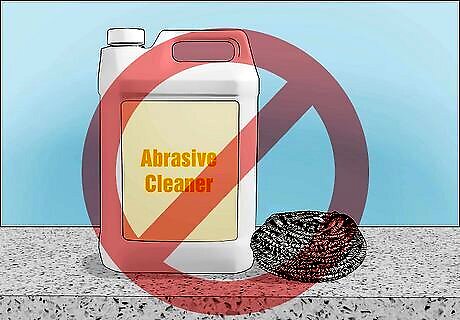
Use only non-abrasive tools and cleaners. Quartz is quite resilient, but it’s not indestructible. Abrasive agents are enough to create small scratches in the soft resin or underlying stone that are often permanent. Similarly, it’s possible for harsh chemicals like bleach and oven cleaner to cause bubbling, staining or discoloration. Play it safe and stick with harmless cleaning solutions like liquid detergents and vinegar. It’s never a good idea to scour quartz with steel wool, sandpaper, pumice stone or any kind of stiff-bristled brush. Use a separate cutting board when preparing meals to prevent accidental scratches and gouges.
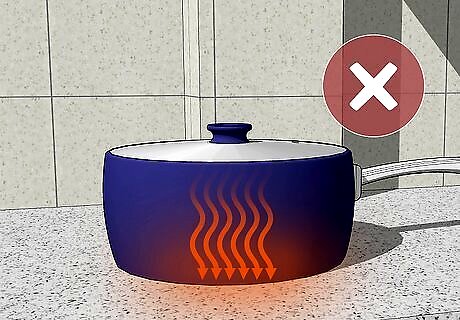
Avoid exposing quartz to high temperatures. Quartz is not meant to withstand intense heat. Always lay out a hot pad or trivet when serving dishes straight out of the oven. If you need to set down hot pots and pans, do it on the cooktop instead of the counter. Most types of quartz are only designed to tolerate temperatures of up to 300-400°F (150-200°C). More extreme temperatures may cause sudden and severe cracking. A quartz countertop may not the best place for appliances that generate a lot of heat, like toaster ovens or metal rice cookers.
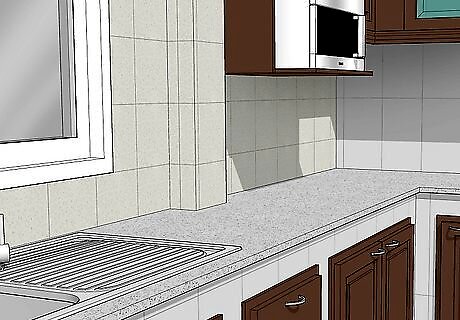
Reserve quartz for indoor countertops. When exposed to constant sunlight, moisture and fluctuations in temperature, quartz is at a greater risk of fading or cracking. For this reason, it’s one finish that’s better suited for kitchens and bathrooms inside your home. Quartz surfaces are also more likely to gather dirt and debris outside, meaning they’ll require more frequent cleanings. For your outdoor furnishings, you’re better off going with materials like stainless steel, aluminum, synthetic plastics and water-resistant woods such as teak and cedar. If you do decide to have quartz countertops installed in an outdoor area (a poolside bar or patio kitchen, for example), make sure they’re securely covered by an awning or overhang to protect them from direct UV light and precipitation.



















Comments
0 comment